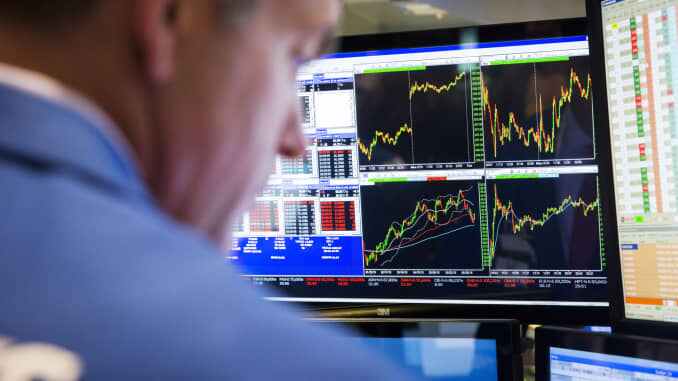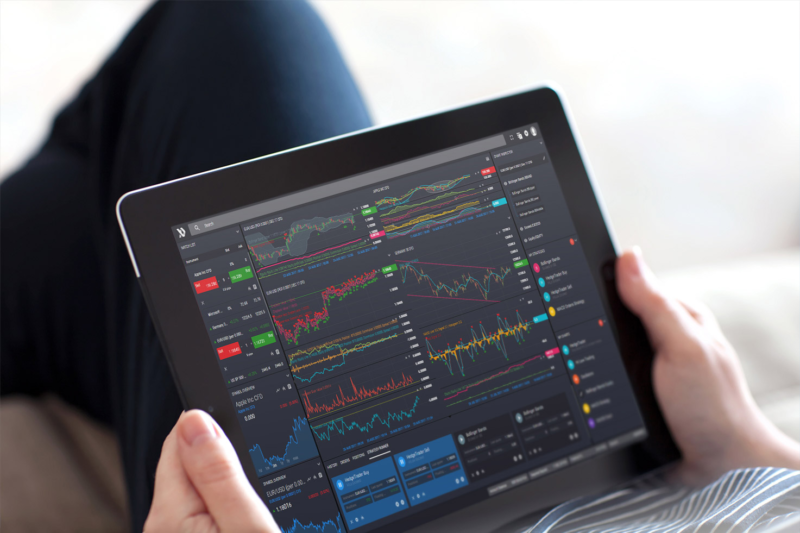Lately, I’ve been reading quite a bit about how the market is getting overheated. Some even say the market is in or near a bubble and soon will burst. Once that happens, most expect large losses and price drops coming from the stocks in the market.
The S&P 500 is widely accepted as a good measure of overall stock market activity. So far, year to date returns for the S&P 500 are up 24.48% as of December 13, 2013. In 2012, the S&P 500 return was up 13.4%. As you can see, the market has had quite a good run over the past 2 years and investors should have done fairly well with their portfolios.
The higher returns over the past couple years has many investors worried. The stock market goes up and it goes down. We can’t always expect it to go up. Many investors and pundits become worried when the market reaches new highs, expecting that it won’t be long before it comes back down again.
This is irrational thinking. We should not be thinking about the market reaching new highs in the form of prices. The S&P 500 being at it’s all time high price really tells investors nothing. As investors, to really find meaning from the market price, we need to look at it in terms of valuation.

Looking at the market in terms of valuation means comparing the S&P 500′s price to the underlying earnings from the companies making up the index. Most recently, the S&P 500 has a P/E ratio of 18.4 on 12/13/13. A year ago, the P/E was 16.8. Historically, the average has been right around 14. So what this means is that certainly the S&P 500 is currently trading at a higher valuation than it was last year and even based on it’s historical average. However, one thing that should be clear is that a P/E of 18.4 is most definitely not a bubble.
While the market may pull back at some point to align itself closer to historical norms, I don’t think we will see a sharp decrease due to any sort of bubble burst in the stock market.
The stock market is getting heated. Prices are climbing. Valuations are climbing. Investors need to have a plan of action for when the market is starting to become overpriced. There are a few paths of action dividend growth investors may consider in this type of situation.
Continue with your plan. Yes, the market valuation is getting higher and many companies are becoming overpriced (not bubble territory yet but certainly prices that smart investors aren’t as interested in). However, there are still many dividend growth companies that are trading at reasonable or even under valuations! There are still quite a few companies on my list of Top 35 Dividend Growth Stocks that I believe are still at price points worth buying. Later this week, I’ll write an article highlighting some of the companies I believe still worthy of buying at current valuations. Definitely, if the investor is willing to do a little digging, more companies trading at reasonable valuations worth buying can be found. Many dividend growth investors, me included, will want to continue with our buying of more shares of dividend growth stocks. Until I cannot find a single company worth buying at it’s current price, I will continue to be a buyer for the long term.
Sell Put options. This is a method many investors can use to earn a return while waiting for prices to come down to levels where they are willing to buy. Selling put options means that you are giving someone the right to sell 100 shares of stock for each option at a given price. In return for this right or option, the person will pay you a premium at the start of the contract. You keep this premium whether they decide to sell their stock to you or not in the end (when the option expires). For example, I may sell a January 35.50 Put option to someone for Microsoft for a premium of $0.23/share or $23 total. I will receive $23 up front. Then if the price of Microsoft drops from it’s current price of $36.69 down to $35.50 (or lower), the person who bought the put option may exercise it forcing me to buy the 100 shares of MSFT for $35.50 each. My cost basis on each share will be the $35.50 I pay minus the $0.23/share premium I received. My cost basis per share is then $35.27. This means I am buying the shares at a 3.87% discount from where they are currently trading. If you are willing to buy at this discounted level then you may want to do the option. If not then I would advise not doing the option trade. Option trading is an advanced strategy and I would recommend anyone interested to do a little research before jumping into this strategy.
Continue holding current positions, hold off on buying anything new and collect cash for when prices come back down. If you feel prices are getting too high and are not comfortable buying anything with the market so heated, then one option is to put your plan on hold. Collect the cash you normally would use for buying and keep it in a savings account. Accumulate this cash so that you can put it to use when market prices come down to a level you are more comfortable buying at. You may want to hold your current investments rather than selling because you want to own for the long term, you don’t really know what the market is going to do from this point (could continue going up) and you want to collect dividends.
Sell out of current investments, collect cash for new purchases when market prices come down. There are certainly some investors that may feel more comfortable selling their stocks right now and getting out of the market completely. This isn’t what I’d recommend, but certainly if that is what makes you able to sleep at night then that is what you should be doing.
Personally, I feel I am still able to find good valued companies worth buying, even in today’s heated market environment. I have no idea what the future direction of the market will be.
The year 2014 could bring a small slow drop in prices, a large drop in prices, another large gain in prices. We really don’t know. There is nothing stopping the market from continuing it’s climb eventually to reach true bubble territory.
I am a long term investor, I buy my companies for the long run. I won’t sell them unless I believe they are trading at absolutely ridiculous valuations, which they currently are far from.
My personal plan is to continue with my plan. Making purchases of new shares and new companies as I have money available. I am becoming more interested in options strategies and may decide to implement some of those in 2014 but feel I must do a little more research before jumping down that path.
How about you? Do you feel the market is valued to high? Are you afraid of a crash soon? Are you continuing to buy or holding off or trying new strategies? Share your thoughts in the comments below!









